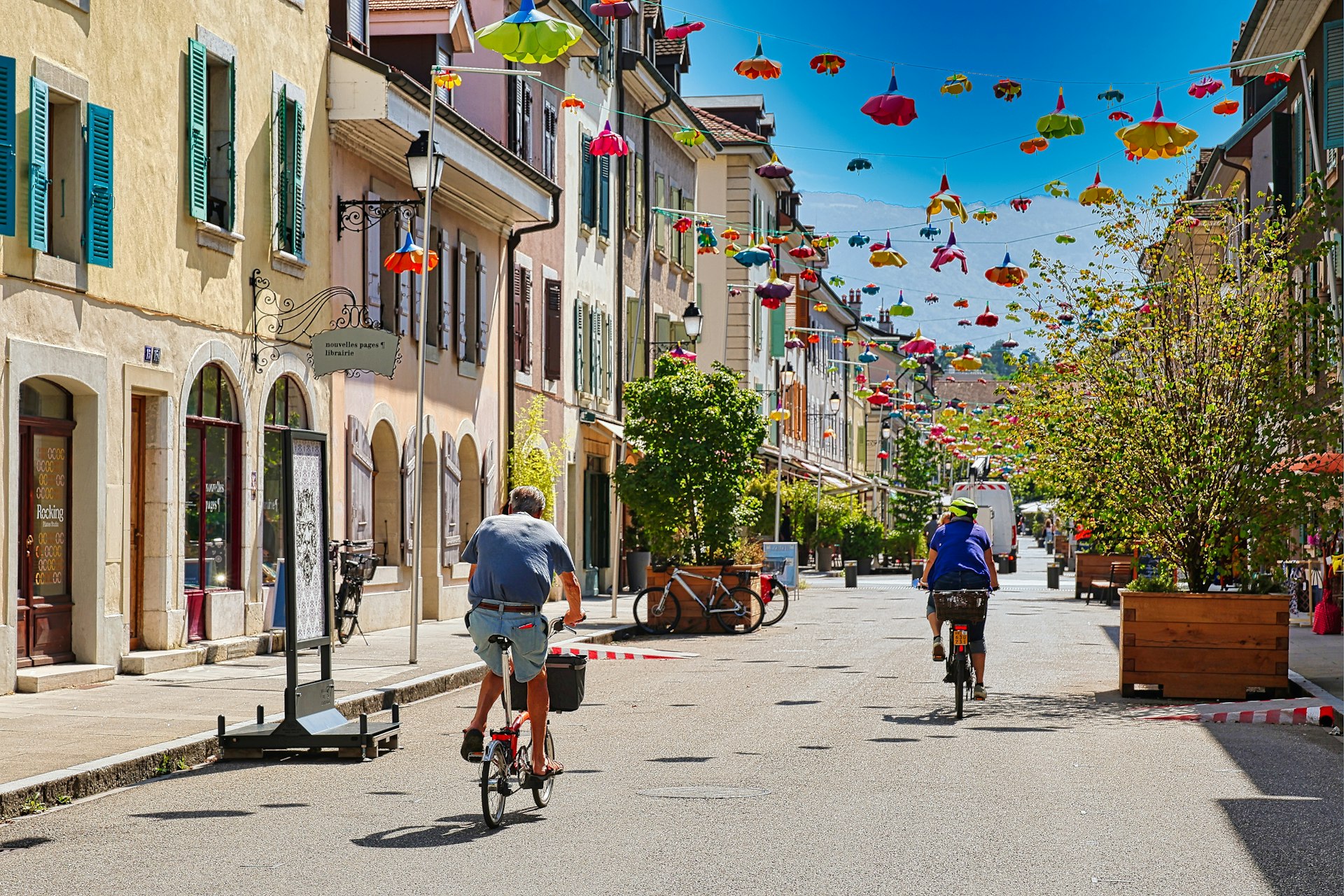Discover Remote Wetland Bird-Watching Spots: Explore Rare Species and Unspoiled Habitats

Photo by Anastasiya Dragun on Unsplash
Introduction: The Allure of Remote Wetland Bird-Watching
For birding enthusiasts and nature lovers alike, remote wetlands offer some of the most rewarding and unique bird-watching experiences available. These secluded habitats are sanctuaries for rare and migratory species, providing both ecological richness and an escape from crowded tourist paths. Whether you are a seasoned birder or a beginner seeking adventure, understanding how to access these locations, what to expect, and how to maximize your experience is essential. This guide delivers actionable steps, proven strategies, and practical insights for exploring the world’s most renowned remote wetland bird-watching spots.

Photo by Vijayalakshmi Nidugondi on Unsplash
Understanding Remote Wetland Ecosystems
Wetlands are ecosystems saturated with water, either permanently or seasonally, and include marshes, bogs, swamps, and fens. Remote wetlands are particularly valuable because their isolation protects both flora and fauna from excessive human disturbance. These areas serve as breeding grounds, migratory stopovers, and wintering habitats for an impressive diversity of bird species. The richness of birdlife often includes endangered or rarely sighted species, making these spots highly sought after among serious bird-watchers and conservationists alike.
However, reaching these wetlands often requires careful planning. Many are located far from urban centers, sometimes accessible only by gravel roads, small boats, or guided tours. Before visiting, research the specific habitat and seasonal patterns of your target region to determine the best time for sightings. Always respect local regulations and conservation efforts, as many wetlands are protected or have restricted access to minimize disturbance to wildlife.
Notable Remote Wetland Bird-Watching Destinations
Several wetlands around the world are recognized for their exceptional bird-watching opportunities. Below are real-world examples, each offering unique species and experiences:
Sax-Zim Bog, Minnesota, USA
Sax-Zim Bog is famed for its boreal habitat and is a top destination for winter bird-watching. Here, enthusiasts might spot Great Gray and Northern Hawk Owls, Sharp-tailed Grouse, Boreal Chickadees, and more. Most birding is done from roads, scattered feeders, or boardwalks, which are maintained even in snowy conditions. Winters (mid-December to mid-March) offer the best opportunities, though summer brings dense insect populations and quieter bird activity. For practical advice, visitors are encouraged to dress for extreme cold, bring reliable maps, and observe local etiquette regarding private property. Duluth, the nearest city, offers additional birding opportunities on the shores of Lake Superior.
[1]
Nome, Alaska, USA
Nome is renowned for its remote tundra and wetlands, attracting birders during late May when many species are in breeding plumage. The town has only three roads, but each leads to distinct birding opportunities. The Nome-Teller Highway is ideal for viewing waders such as Plovers, while Kougarok Road may yield sightings of Bluethroats. Safety Sound, an estuary along the Nome-Council Road, is a hotspot for Arctic and Aleutian Terns. Given the remoteness, visitors should plan for challenging travel logistics, including limited accommodation and unpredictable weather. Organizing trips through specialist birding tour operators or consulting with local guides is highly recommended.
[2]
Cano Negro Wildlife Refuge, Costa Rica
Cano Negro is a vast, remote wetland near Costa Rica’s northern border, famous for supporting over 400 recorded bird species. Boat tours along the Rio Frio are the primary way to access its marshes and lagoons, offering views of Sungrebes, Jabiru Storks, Roseate Spoonbills, and King Vultures. Several ecolodges in the area cater to bird photographers and naturalists, often providing guided excursions. Planning a visit involves booking accommodations in advance, especially at popular lodges like Laguna del Lagarto. Visitors should be prepared for humid conditions, bring proper gear for water-based activities, and coordinate transportation as public access is limited.
[4]
Ridgefield National Wildlife Refuge, Washington, USA
This 5,300-acre refuge in southwestern Washington offers both auto tour routes and walking trails through rich wetland, grassland, and forest habitats. It is a key stopover for migratory waterfowl, including Canada Goose, Tundra Swan, Sandhill Crane, and many ducks. The Kiwa Trail (open May to September) allows birders to explore marshland habitats on foot, while the Oaks to Wetlands Trail reveals nesting species like Virginia Rail and Marsh Wren. Access may be seasonal, and visitors must adhere to refuge rules, such as remaining in vehicles during winter to reduce wildlife disturbance. Checking the official U.S. Fish & Wildlife Service website for the latest access updates is advisable.
[3]
Malheur National Wildlife Refuge, Oregon, USA
Malheur is celebrated for its extensive marshes and lakes, attracting wading birds, waterfowl, and raptors. The Buena Vista Overlook provides panoramic views of ponds and wetlands, while Page Springs campground is a hotspot for observing Sora, Virginia Rails, and a variety of sparrows and flycatchers. Accessing these areas typically requires private transportation, as public transit is not available. Birders should prepare for variable weather, bring supplies for remote camping, and respect posted guidelines to protect sensitive breeding sites. The Friends of Malheur National Wildlife Refuge offers visitor information and updates on seasonal highlights.
[5]
Planning Your Remote Wetland Bird-Watching Adventure
Successful trips to remote wetlands require advance preparation. Here are practical steps to ensure a rewarding experience:
1. Research Your Destination: Start by identifying your target wetland and the bird species you hope to see. Use resources from reputable organizations such as Audubon, the U.S. Fish & Wildlife Service, or national park pages for the most current access and habitat information. If a verified link is not available, search for the destination’s official name along with the phrase “visitor information” or “bird-watching.”
2. Check Seasonal Access and Regulations: Many wetlands restrict access during sensitive breeding seasons or to protect migratory flocks. Confirm opening dates, trail conditions, and any permit requirements by visiting the official website of the park, refuge, or reserve. If a direct link cannot be verified, use search engines with the terms “official site” and your destination’s name.
3. Prepare Appropriate Gear: Essential items include waterproof boots, weather-appropriate clothing, insect repellent, binoculars or spotting scopes, and field guides for bird identification. Photographers should bring protective cases for equipment, as humidity and moisture are common in wetland environments. Carry extra water, snacks, and first aid supplies, since remote sites may lack amenities.
4. Arrange Transportation and Accommodation: Remote wetlands are often far from major cities or airports. Research the nearest town with lodging, and determine if you need a rental car, shuttle, or boat service. Contact local tourism offices or bird-watching clubs for up-to-date advice. For international destinations, consult travel advisories and local entry requirements.
5. Consider Guided Tours or Local Expertise: Many remote sites offer guided bird-watching tours led by local experts. These tours may increase your chances of spotting rare species and ensure compliance with local conservation rules. To find reputable guides, search for the official tourism board or recognized birding associations in your destination’s region.
6. Respect Wildlife and Habitats: Always follow ethical bird-watching guidelines: keep a safe distance from nesting or feeding birds, stay on marked trails or boardwalks, and avoid using playback recordings excessively, as this can stress wildlife. Leave no trace, and support conservation by reporting any disturbances to local authorities.
Alternative Approaches and Resources
If you are unable to travel to remote wetlands, consider the following alternatives:
• Virtual Bird-Watching: Some organizations offer live-streamed cameras from wetland reserves. Search for “wetland wildlife webcams” or visit the official websites of national wildlife refuges for possible online resources.
• Local Wetland Reserves: Many urban and suburban areas have smaller wetland parks or nature centers where you can practice bird-watching skills and observe migratory species. Use apps such as eBird to locate verified hotspots near you.
• Community Science Projects: Participate in bird counts or monitoring programs organized by groups like Audubon or local conservation societies. These projects often provide training and opportunities to connect with experienced birders.
Key Takeaways and Next Steps
Remote wetland bird-watching offers unique encounters with rare species and pristine habitats. With careful planning, respect for the environment, and use of reliable resources, you can experience some of the most extraordinary birding adventures available. For current regulations, weather updates, and trip planning, always consult the official website or contact the management office of your chosen destination. When in doubt about access or guidance, seek out local experts or recognized organizations for the most accurate and up-to-date advice.
References
- [1] Bird Collective (2022). Our Top 15 U.S. Birdwatching Destinations.
- [2] Birda (2022). The Best US States For Birdwatching: A Helpful Guide.
- [3] Audubon (2016). Birding in Washington.
- [4] Costa Rica Focus (2019). Top Ten Birding Destinations in Costa Rica.
- [5] Friends of Malheur National Wildlife Refuge (2023). Premier Birding Locations.



